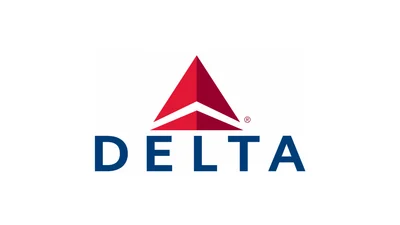Safety considerations also influenced this design choice. Jet engines of that era were less reliable than modern ones, making inflight engine failures a concern. With four engines on the Boeing 707, if one failed during flight, the plane could continue safely using the remaining three—a critical factor for international routes where alternate airports might be far apart.
Regulatory requirements further shaped Boeing’s decision. In the late 1950s, twin-engine planes faced restrictions on long overwater or remote flights due to safety concerns; only three- or four-engine aircraft could operate such routes because ETOPS (Extended-range Twin-engine Operational Performance Standards) had not yet been established.
The roots of the Boeing 707 trace back to military projects after World War II when Boeing developed successful bombers like the B-17 Flying Fortress and B-29 Superfortress. As propeller-driven planes dominated postwar commercial aviation—mainly by Douglas Aircraft and Lockheed—Boeing began exploring jet technology with its prototype model, the Boeing 367-80. This demonstrator showcased jet-powered transport's potential and formed the basis for what would become the longer and wider-fuselage Boeing 707.
The first production model of the Boeing 707 flew on December 20, 1957. After receiving FAA certification in September 1958, Pan American World Airways (Pan Am) became its launch customer. Pan Am introduced it into service on October 26, 1958 with a transatlantic flight from New York City’s Idlewild Airport (now JFK) to Paris Orly Airport via Gander for refueling—a journey significantly faster than piston-powered alternatives at that time.
Several variants of the Boeing 707 followed: among them were shorter fuselage models like those made specifically for Qantas (the -138 series), as well as stretched versions like the -320 Intercontinental with more powerful turbojet engines.
Over time, major airlines including Pan Am (operating over 130 units), American Airlines (over 120), Trans World Airlines (TWA), British Overseas Airways Corporation (BOAC), Air France, Lufthansa, Iberia, and Qantas adopted various versions of this aircraft for both domestic and international services.
Commercial operators phased out their fleets by the late twentieth century as newer models offered better efficiency and capability. Most airlines retired their last passenger-carrying Boeing 707s during the1980s and early1990s. However,the durable airframe found continued use through military adaptations such as E-3 Sentry AWACS,E-6 Mercury,and E-8 Joint STARS,many re-engined with modern CFM56 turbofans.Private owners and government agencies—including Congo Presidential Flight—still operate some airframes today,and Omega Air uses two units for cargo work.
Design features contributing to its popularity included swept wings angled at about35 degrees,reducing drag for higher cruise speeds.The original Pratt & Whitney JT3C turbojets were later upgraded to JT3D models capable of nearly20,000 pounds thrust each,enabling high-altitude operation thanks to a pressurized cabin.Most configurations seated between140and180 passengers,often arranged six-abreast across three seats per side.The maximum takeoff weight reached333,600 pounds,and typical range approached2,900 nautical miles(about3,300 miles).
The introduction of jet-powered travel by aircraft liketheBoeing707 reshaped expectations around speed,safety,and comfortin global air transportation.
 Alerts Sign-up
Alerts Sign-up





































